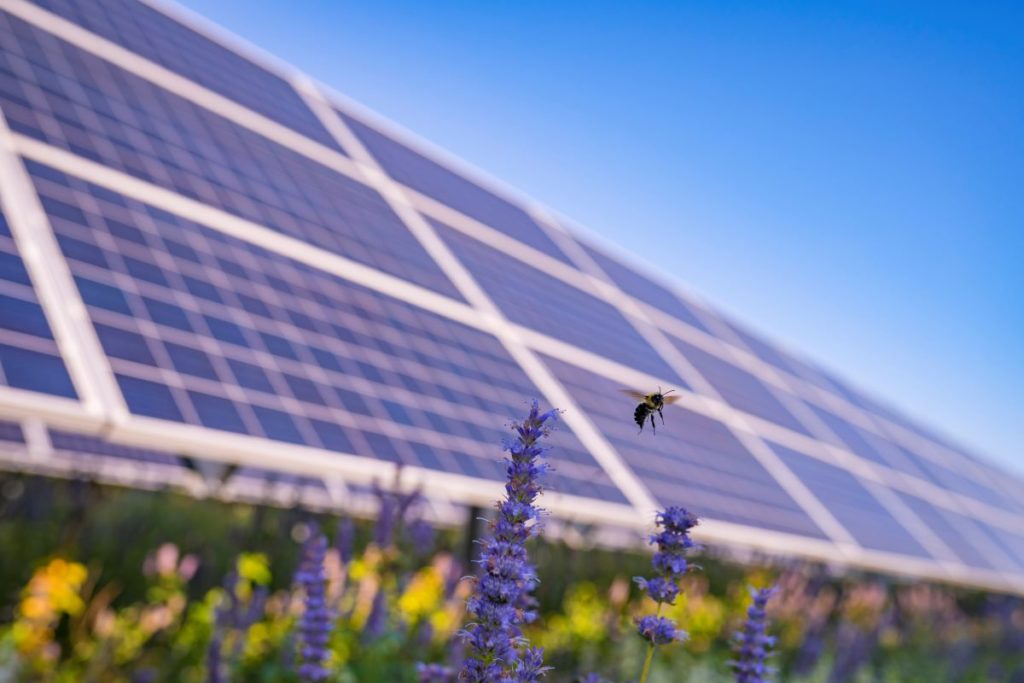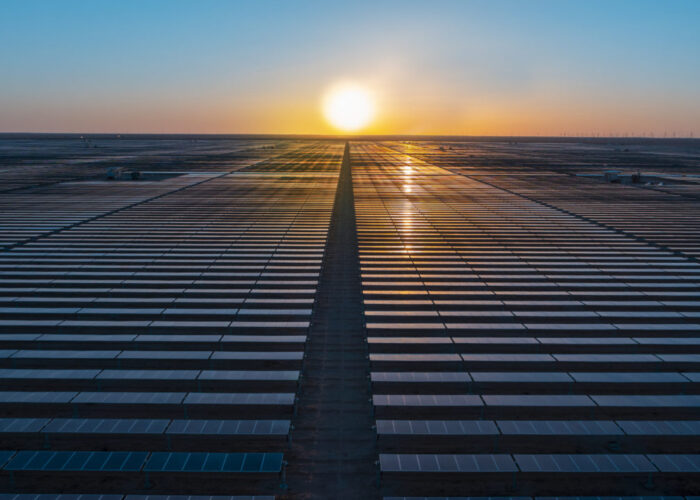
Europe has the potential to deploy 51TW of agriculture-paired solar PV, or agrivoltaics, according to research published in the Progress in Photovoltaics journal earlier this year.
Taking into account both electricity generation and agricultural potential, the researchers found that across Europe 51TW of agrivoltaics capacity equating to 71,500TWh a year – 25 times Europe’s current electricity demand – would be feasible if all of the possible land was used.
Unlock unlimited access for 12 whole months of distinctive global analysis
Photovoltaics International is now included.
- Regular insight and analysis of the industry’s biggest developments
- In-depth interviews with the industry’s leading figures
- Unlimited digital access to the PV Tech Power journal catalogue
- Unlimited digital access to the Photovoltaics International journal catalogue
- Access to more than 1,000 technical papers
- Discounts on Solar Media’s portfolio of events, in-person and virtual
The research took three agrivoltaic configurations into account: monofacial fixed-tilt modules suspended above agriculture, monofacial single-axis modules fitted with trackers which alter their angle throughout the day, and vertical bifacial modules set in fence-like rows.
The 51TW finding was based on a test scenario in a field in Denmark and then mathematically extrapolated to model the rest of mainland Europe. The optimum capacity density for agrivoltaics was around 30w per metre squared, as it allowed for at least 80% of land to remain usable for crops.
The results were unevenly spread across the continent, and the potential for agrivoltaics penetration varied from as little as 1% usable land in Norway to up to 53% in Denmark. Lower latitudes also tend to offer greater solar irradiance and more energy production.
Maintaining both electrical and agricultural production on the same piece of land is key to agrivoltaics, and the practise has the potential to calm many of the concerns that face both the PV industry and the farming industry around usable land, food and energy security, local community opposition and nimbyism and the wider climate crisis.
Of the module configurations, single-axis tracking seemed the most promising, though also the most expensive. Single-axis tracking and vertical modules were found to offer the most stable levels of solar irradiance reaching the ground, and tracking also offered the highest electricity output. Unsurprisingly, fixed-tilt modules produce stark stripes of shade across the ground, and can impact crop production whilst also being less optimised to consistently generate throughout the day.
The Dutch government last week effectively moved to ban agrivoltaics on Dutch farmland in a move that sparked consternation amongst national solar industry representatives, as farmers’ protests over plans to shrink their industry continue.
Agrivoltaics can offer benefits for both crop production and electricity generation, and many adopters look to strike a balance between photosynthesis and photovoltaics to effectively optimise the use of the land. Of most obvious and primary concern is the shared land itself, and the greater practical and economic use that can be made from generating both food and electricity over the same area.
Beyond that, PV modules can provide shading and shelter in dry climates to make irrigation and water retention easier, fostering more vibrant ecosystems beneath them. Crops beneath or adjacent to panels can also increase their efficiency by cooling the system through transpiring water vapour.
PV Tech Premium has published a more in-depth overview of the benefits and challenges of agrivoltaics, as well as a look at some global markets and a focused feature on the trouble with ‘false narratives’ around PV land use.







